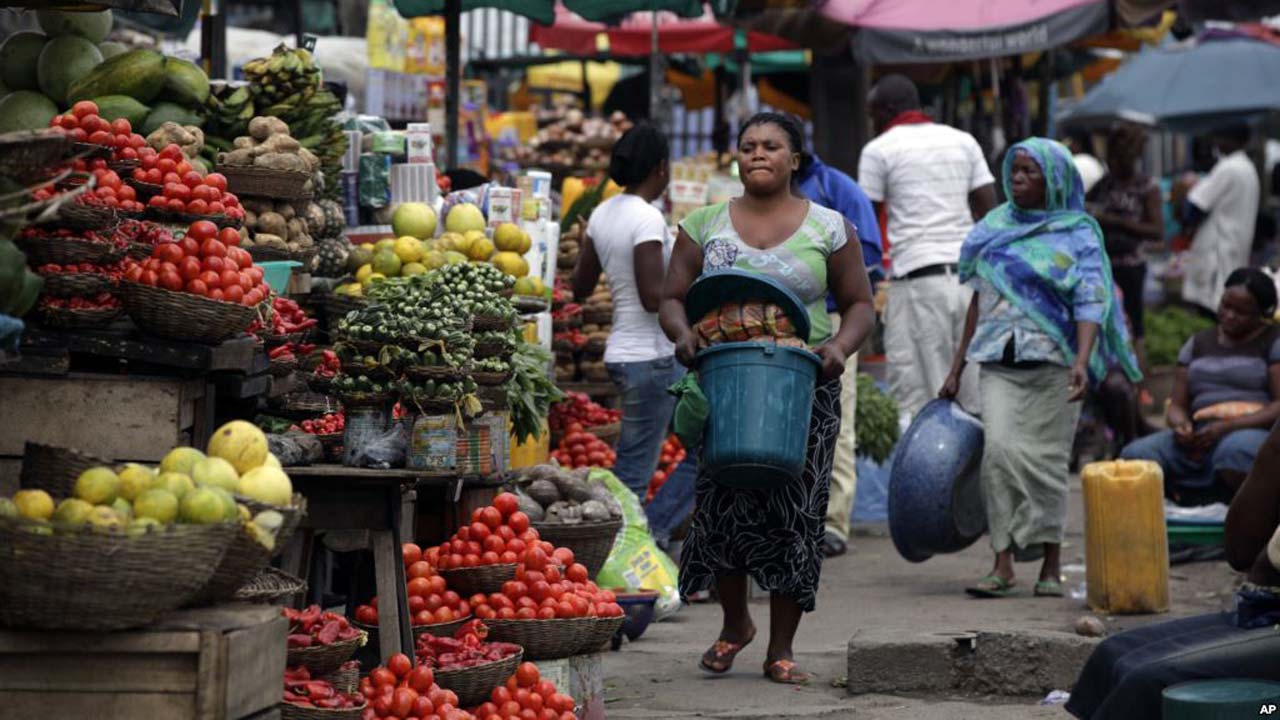Since 2015, The U.S. Has Invested Over NGN 59 Bn To Ease Nigeria’s Food Crisis

Nigeria is a member of the Organization of Petroleum Exporting Countries (OPEC), but significant revenue is being generated from the West African country’s agricultural sector.
With a burgeoning agribusiness scene and an emphasis on the development of this sector, the country has received a total of USD 165 Mn (NGN 59. 690,400,000,000) at the exchange rate of NGN 361 to one dollar) from the United States over the last four years.
America has also signed an agreement that declares a partnership with the Federal Government to kick off a five-year agriculture program dubbed Feed the Future Nigeria Country Plan.
According to the Chargé d’affaires,, U.S. Embassy Abuja, Kathleen FitzGiboon, the initiative aims to boost food security investments, attain more significant resilience, and improve household nutrition across the most populous black nation.
In Nigeria, about one-third of children under the age of five are stunted, and this report is somewhat disturbing as it twice the rate in Thailand and thrice that of Tunisia. Stunted growth is a common malnourishment symptom which can only be curbed with a steady supply of adequate food.
Also, the insurgency from the terrorist group known as Boko Haram has not just displaced many Nigerians from access to ample food but has also left 8.5 million people in need of humanitarian assistance.
On the top rates of displacement, the country’s has 5.1 million malnourished people, a problem which prompted the International Committee of the Red Cross to reach more than 1 million people with relief and livelihood training. They have also provided 450,000 people in the north-east and Middle belt regions with food over a three-month period.
The most disturbing reality of this food-deficit can be culled from a 2019 joint United Nations and European Union report which said that Nigeria was one of the countries that experienced the worst hunger crisis in the world in 2018.
“The worst food crisis in 2018, in order of severity, were: Yemen, the Democratic Republic of the Congo, Afghanistan, Ethiopia, the Syrian Arab Republic, Sudan, South Sudan, and northern Nigeria. These eight countries accounted for two-thirds of the total number of people facing acute food insecurity – amounting to nearly 72 million people,” the report says.
Fitzgibbon stressed that the new plan would act as a catalyst to agricultural growth by engaging both the government and the private sector to better and diversify nutritional practices.
She said: “The U.S. government has invested USD 165 million towards agriculture and economic development in Nigeria over the last four years. And, the new plan anticipates our investments in ‘Nigeria’s agriculture over the next five years”.
While she maintained that the scheme with link farmers with suppliers, better extension services and stimulate market growth, Kebbi State Governor Atiku Bagudu said involving the youth in massive production will help tackle food insecurity easier and quicker.